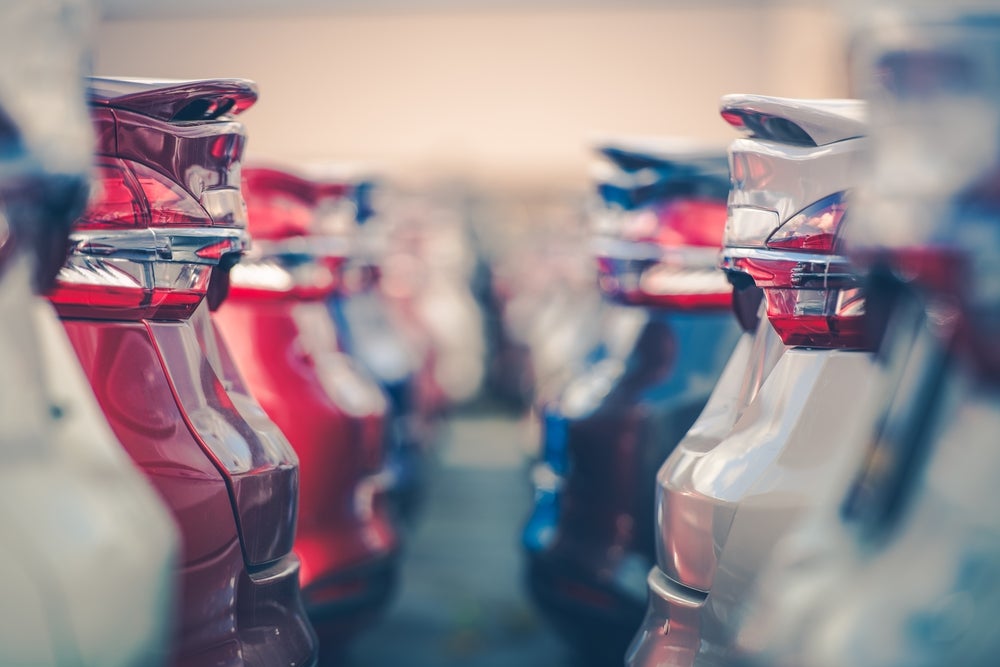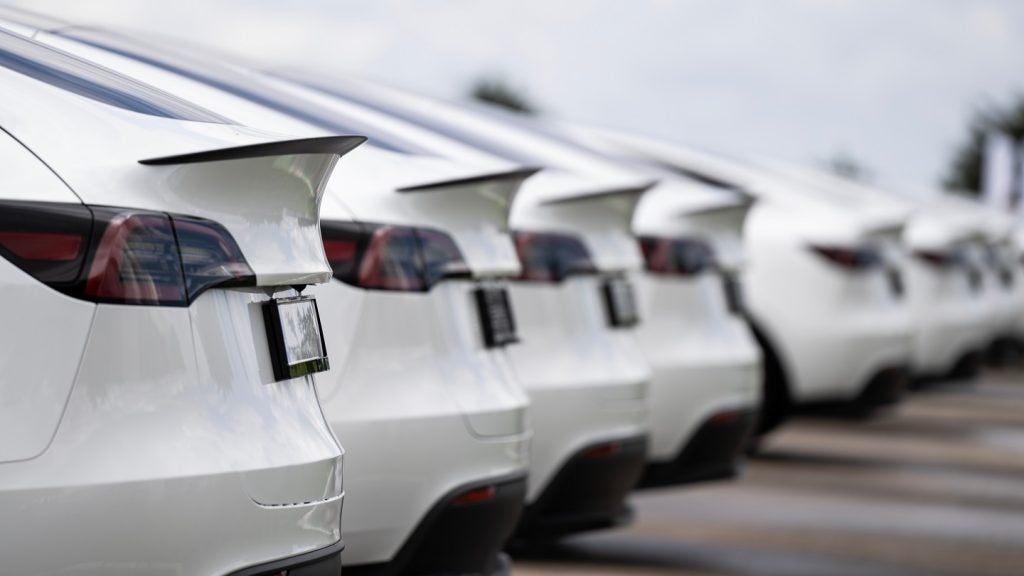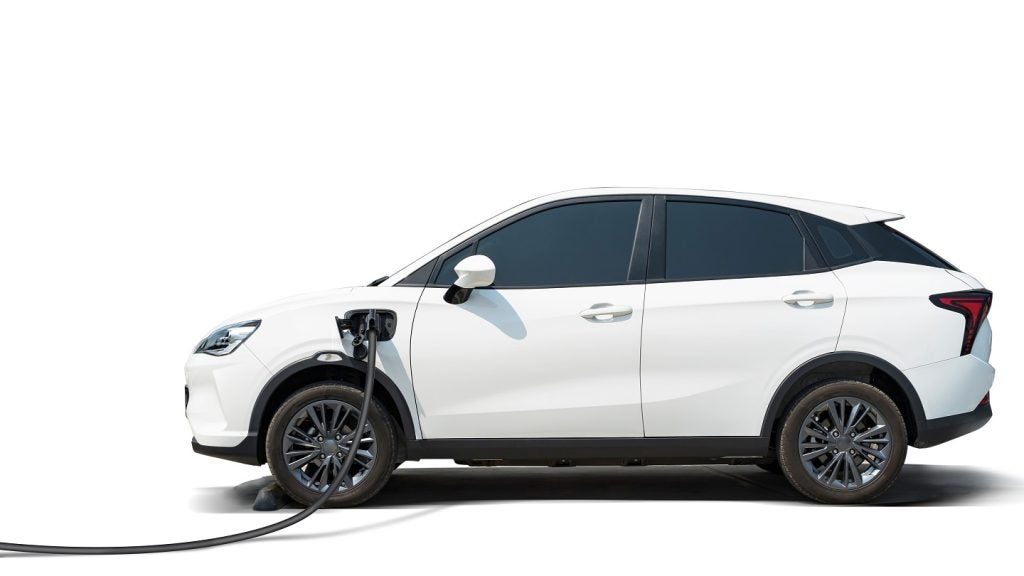
Last year pre-registration was both a popular tool in the industry and a potential long-term challenge for the market, but a lot can change in a year.
The pre-registered car has long been considered a mixed blessing in the industry. If a dealer takes ownership of a car from the manufacturer, rendering it technically “used” even if it has a mileage of zero, it can allow dealerships to hit manufacturer targets and the incentive payments attached to them. This in turn boosts the manufacturer’s sales figures and puts a cheaper, yet for all purposes brand new car into the market for the customer.
For the customer, pre-registration also means they can drive their car away on the day of purchase, rather than waiting for delivery.
However, while pre-registration is practically all benefit for the manufacturer, it has always involved passing certain risks down the purchase chain. The dealer who registers that vehicle will have it sitting on their forecourt, depreciating. The customer who buys the vehicle will find the car’s warranty began when the dealer, not the end-user took ownership. A lot of pre-registration can mean dealers sitting on top of a lot of stock that they are liable for if they cannot sell.
This was a particular issue when looming emissions regulations put a hard time limit on manufacturers to shift any stock that did not meet those standards. August 2019 saw a boost in registrations in response to the WLTP regulations introduced the previous September. At the same time, new, low-emission vehicles were being held off the market to allow manufacturers to hit those same targets after they came into effect.
It seems very strategic, but it is an approach that can have unintentional knock-on effects in terms of the value of vehicles in the used sector. Despite these concerns, last year the industry expected pre-registration to continue its rise.
How well do you really know your competitors?
Access the most comprehensive Company Profiles on the market, powered by GlobalData. Save hours of research. Gain competitive edge.

Thank you!
Your download email will arrive shortly
Not ready to buy yet? Download a free sample
We are confident about the unique quality of our Company Profiles. However, we want you to make the most beneficial decision for your business, so we offer a free sample that you can download by submitting the below form
By GlobalDataWhen asked if they believe pre-registration activity will increase in 2020, 60% of Cox Automotive’s dealer network said yes. But last year didn’t go as anyone expected.
A shortage of stock
The first big and unforeseen shift in the industry was that “excess new stock” was no longer the issue it had been.
“The shortage of supply in semi-conductors is the headline grabber,” says Philip Nothard, customer insight and strategy director at Cox Automotive UK. “But the message I’m trying to get out is it is not just about semiconductors, there’s a lot more at play in global new vehicle supply issues.”
That’s not to say that the semiconductor issue isn’t serious. Nothard tells us that reports suggest 40% of a vehicle’s cost currently lies in its electronics, which depend on semiconductors. The shift towards electrification that helped fuel pre-registration in the past now places pressure on raw material supplies and new car stock.
“The move to hybrid and electrification increases the demand for electronics on a vehicle,” says Nothard. “All the safety items, digital displays, everything you can think of adding connectivity to a vehicle today puts more pressure on electronics.”
“Pre-registration has still got a place, but I think it will be done more strategically than it has been done previously”
This has combined with a just-in-time supply chain and the halt to production that took place during lockdown to leave the industry struggling to fulfil demand.
“We went through the pandemic last year which shut down a lot of factories in the global market, and on reopening they found their suppliers were now focusing on consumer goods where demand had gone up for webcams, Playstations, and consumer hardware,” Nothard explains.
But semiconductors are only a part of that story, as Nothard lays out.
“In general, we’ve got to put a little clarity around the fact that raw materials are in short supply and have inflated in price as a result,” he says. “There are production issues with steel and aluminium through fires at factories in the US, problems around rubber in Thailand, and China taking up a lot of supplies of rubber and aluminium.
“There’s this perfect storm of raw material supplies. Added to that we’ve got the EU exit taking place, which has caused disruption and delays in terms of the movement of goods, supplies or the vehicles themselves.”
A different role
In the end, the challenges posed by supply chain issues have actually been mitigated or at least postponed, thanks to the boom in pre-registration activity ahead of the pandemic.
“We went through many years with a lot of pre-registration activity on the back of the financial crash. It did start to ease pre-pandemic due to cost pressures,” Nothard recalls. “There was a little bit of pre-registration activity that started to happen as we got close to the Brexit deal because companies were bringing product into the country ahead of the Brexit deadline.
“The UK had high levels of stock, registered pre-pandemic. That high level of product has helped the dealer network get through the first part of last year. Without it, we wouldn’t have achieved the wins we did in the early part of this year.”
However, moving forward, Nothard foresees a very different role for pre-registration than we have seen in the past.
“Pre-registration has still got a place, but I think it will be done more strategically than it has been done previously,” he reflects. “A pre-registered vehicle offers the customer a saving over a new car, it offers them a physical vehicle to drive away as if it was a new car but with savings on a new car’s cost and very low mileage. But it won’t be at the volumes we’ve seen in previous years.”
Nothard believes that stock availability and strength of demand could drive another bump in pre-registration at the end of the year, but not at the same scale.
“The appetite in general from retail has diminished to pre-registration activity and I don’t believe it will recover to the levels we’ve seen before,” Nothard tells us. “It puts strain on cash flow and has the risk of devaluing a new vehicle. It has a place in the market but is not necessarily positive in the bigger scheme of things.”







